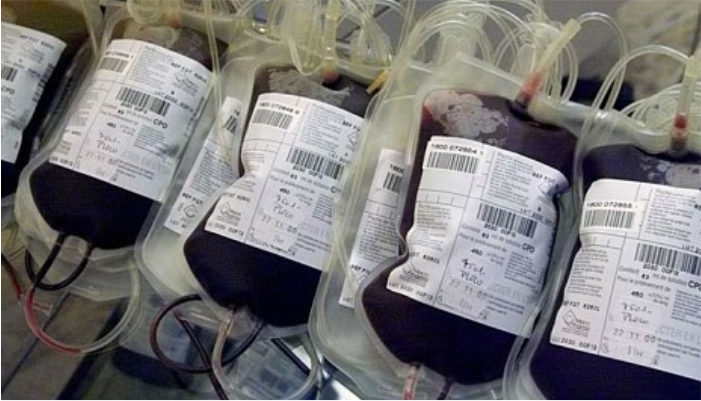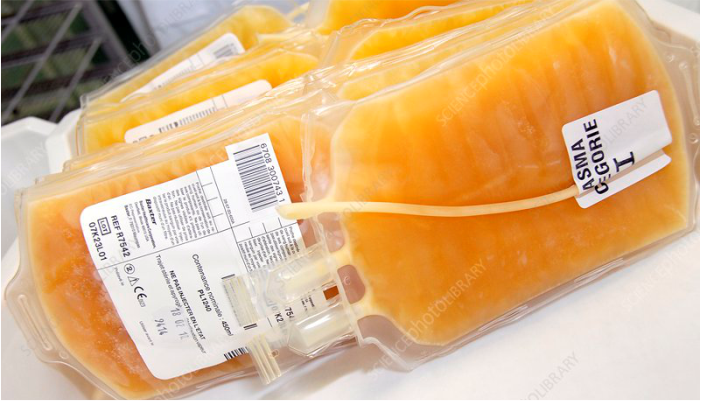Cord Blood Screen: Purpose, Method, Uses, Limitations & Interpretation

Synonyms: Type and Coombs, Cord Blood
Applies To: Hemolytic Disease of the Newborn (HDN), Cord Blood Screen
Test Commonly Includes
- ABO blood group typing
- Rh typing
- Direct antiglobulin test (DAT or direct Coombs test) on the newborn’s cord blood
Specimen and Containers
- Specimen: Cord blood
- Containers:
- One lavender top tube (EDTA)
- One red top tube
Collection Instructions
- Do not overfill the lavender top tube
- Gently mix the EDTA tube to prevent clotting
- Verify and document the patient’s identity on both the label and request form
Causes of Sample Rejection
- Gross hemolysis
- Improper labeling
- Use of serum separator tube (SST) instead of red top
Use
The cord blood screen determines the newborn’s ABO and Rh status. In Rh-negative mothers, if the baby is Rh-positive and the direct Coombs test is negative, the mother qualifies for Rho(D) immune globulin postpartum. The direct antiglobulin test (DAT) helps identify hemolytic disease by detecting maternal IgG antibodies bound to fetal red cells.
Limitations
- Wharton’s jelly may interfere with testing accuracy
- Maternal red cell contamination of cord blood may yield misleading results
- Heavily coated fetal red cells may react inconsistently with commercial antisera
- Positive DAT from antenatal Rho(D) immune globulin does not eliminate need for postpartum dose
Additional Information
Cord blood screening may lead to further testing if hemolysis is suspected. While Rh immunization is the most common cause of hemolytic disease, other IgG antibodies (e.g., anti-Kell, anti-E, anti-Duffy) can cross the placenta and cause fetal red cell destruction. ABO incompatibility is another significant cause of neonatal hemolysis due to anti-A and anti-B IgG antibodies.
References
- Whittle MJ. “Rhesus Haemolytic Disease.” Arch Dis Child. 1992;67(1 Spec No):65-8.
- Jacobs, Demott, Finley, Horvat, Kasten JR, Tilzer. “Laboratory Test Handbook.” Lexi-Comp Inc, 1994.


